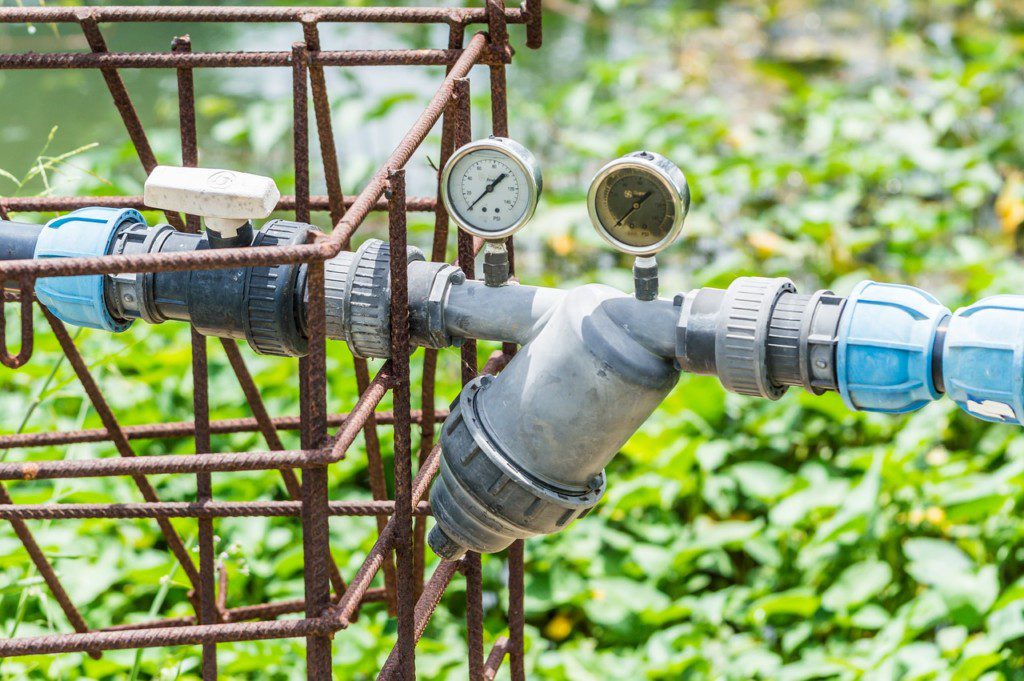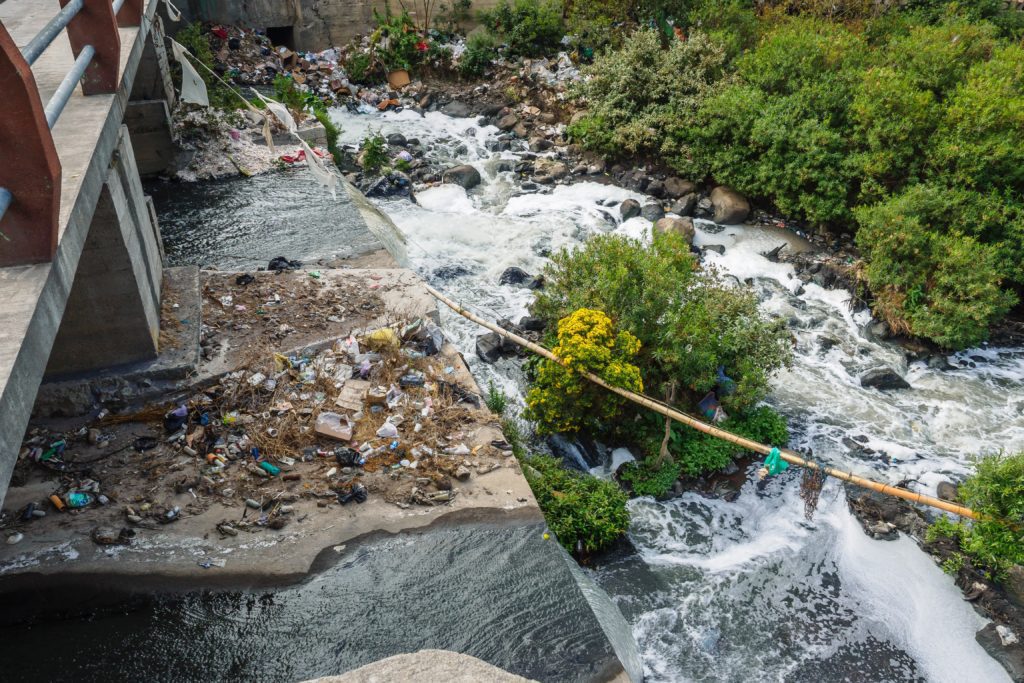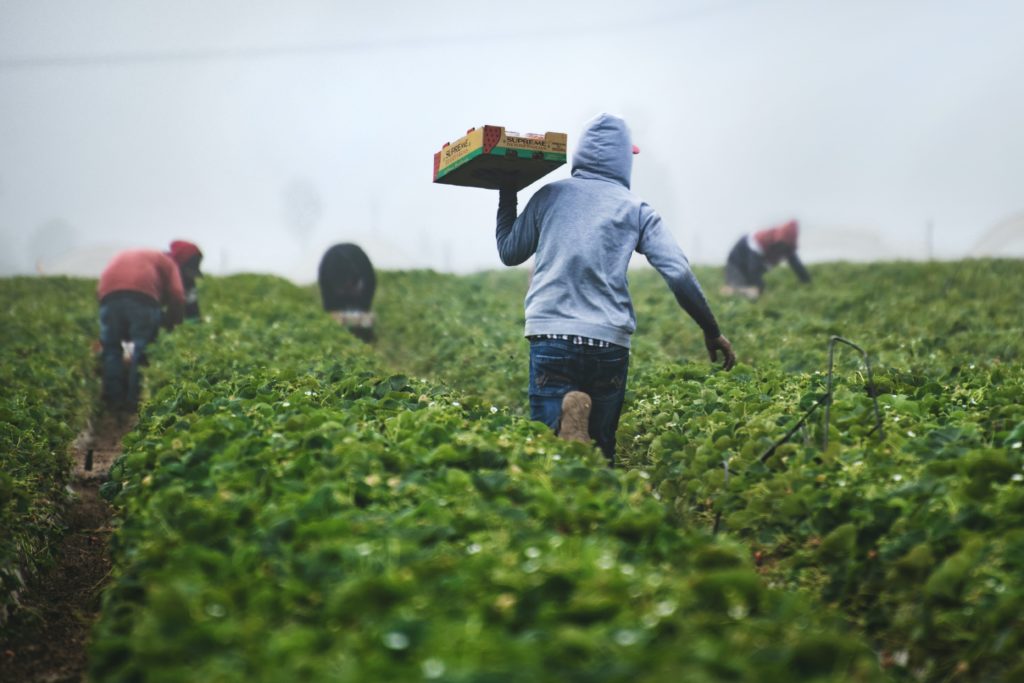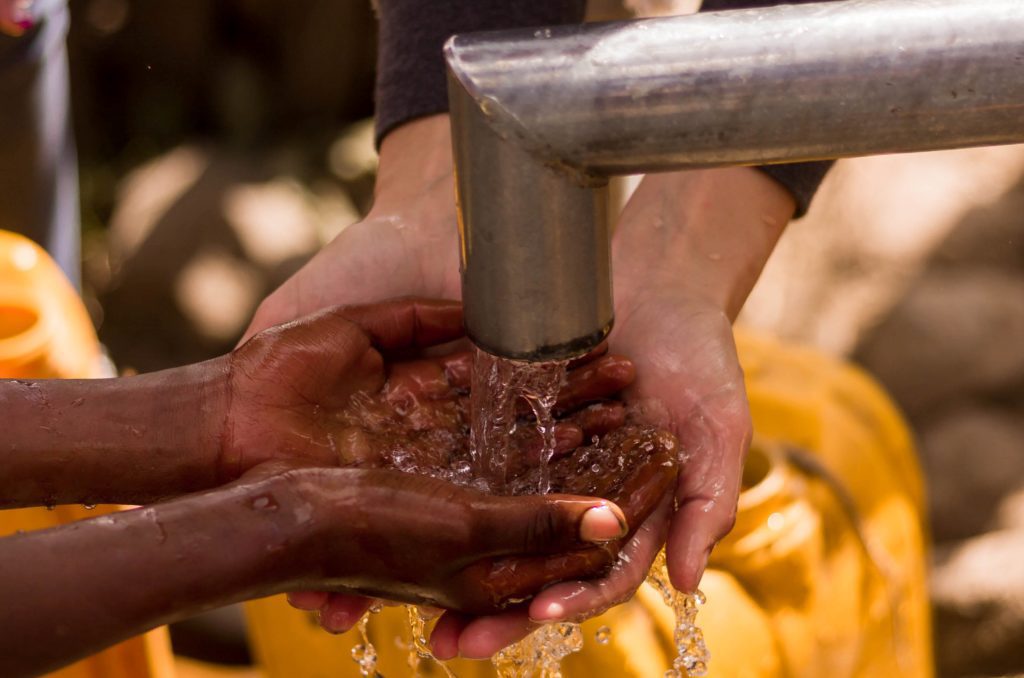08/30/2022 | Agriculture and Farming | 8 MINUTE READ
The Implications of Reclaimed Water Use in Agriculture

When water is used in industrial or agricultural processes, it’s possible to reuse this water, which helps to reduce water waste and protect the environment. Water reuse involves treating municipal or domestic wastewater, brackish water, grey water, or return flows. The water can then be used for many different applications, which can include everything from irrigation to road cleaning.
If you didn’t reuse this water, it would be sent into the environment and enter the natural water cycle. While sending water into the environment is fine as long as the water has been properly treated, reusing water allows you to save a considerable amount of money while also substantially reducing water waste.
Water reuse and recycling is also highly important in more arid regions as well as contaminated environments and cities. In places that don’t have easy access to ample amounts of water, being able to reuse water is essential towards ensuring that a wide range of municipal and agricultural processes can be completed without issue.
Despite how important reclaiming water can be, using reclaimed water for agricultural purposes can lead to a couple of issues. If the water hasn’t been properly treated before it’s reused, a variety of pharmaceuticals could enter the water supply. Crop death is another major concern that can occur when some of the contaminants in the water aren’t effectively removed before reuse or the beneficial nutrients are no longer in the treated water. In this article, you’ll learn about what reclaimed water is and the implications of using this water for agricultural applications.

What is Water Reclamation?
Water reclamation involves reclaiming water from numerous sources before treating the water and reusing it for beneficial applications. For instance, it’s possible to use reclaimed water for everything from groundwater replenishment to agriculture applications. Water reuse is considered to be among the best alternatives to a reduction in existing water supplies. Because of how effective water reclamation can be, this water may be used to improve sustainability or water security.
Keep in mind that water reuse can be considered planned and unplanned. Planned reuse involves water systems that have been designed specifically to assist with reusing recycled water supplies. In many cases, communities optimize total water use by reclaiming as much water as possible within the broader community before the water reenters the environment. The primary types of planned water reuse include landscape and agricultural irrigation, potable water supplies, groundwater supply management, and industrial process water.

As for unplanned water reuse, this involves situations where a water source is mainly comprised of water that’s already been used. For instance, communities that take their water supplies from local rivers may be performing unplanned water reuse. Rivers like the Mississippi River and the Colorado River obtain treated wastewater from communities that are located upstream, which means that the communities located downstream will benefit from unplanned water reuse.
There are many different types of water reuse that you might want to be aware of, the primary of which include:
- Produced water via natural resource extraction applications
- Agriculture runoff
- Return flows
- Cooling and process water
- Stormwater
- Municipal wastewater
Regardless of the source of water you use, each of the aforementioned sources has been properly treated to adhere to reclamation specifications for an additional use. These specifications involve the treatment guidelines and requirements a facility must implement to ensure that water taken from a certain source has been improved to meet the necessary quality. These guidelines are also designed to ensure that the environment is protected and public health is maintained.
For instance, water that’s reclaimed to be used for crop irrigation must be at a set quality to ensure that the soils and plants that are being irrigated aren’t harmed. These regulations also protect the health and well-being of farm workers. Additional treatments may be needed when the reused water will have a high amount of human exposure. If the water is meant to be reused as drinking water, the treatment requirements will be more stringent.
The Environmental Protection Agency doesn’t have restrictions on any type of water reuse. However, states have regulatory authority over how water resources are developed and allocated, which means that there may be programs in your state that address water reuse and incorporate it into the program’s framework.
The Clean Water Act and Safe Drinking Water Act both have guidelines that involve protecting the quality associated with community drinking water as well as drinking water source waters. These two acts work together to provide individual states with the foundation they can use to regulate water reuse, which is something that you should look into before you or your facility attempts to reuse water.

What is Reclaimed Water Used For?
Reclaimed water has many different applications across numerous industries. The primary applications that involve using reclaimed water include:
- Agriculture irrigation
- Landscaping irrigation involving golf courses, right-of-ways, and parks
- Indoor uses that can include toilet flushing
- Municipal water supply
- Dust control
- Surface cleaning for construction sites, roads, and other highly trafficked areas
- Supplying coastal or inland aquifers as well as artificial lakes
- Environmental restoration
- Concrete mixing
- A wide range of construction process
Why is Water Recycling Important?
Water recycling is important as a result of the dwindling supply of water the world over. Because of how many processes and tasks require using a considerable amount of water, it’s essential that communities and facilities have constant and reliable access to fresh water supplies in a manner that doesn’t necessarily depend on pumping restrictions or other environmental factors.
To understand how beneficial water recycling can be, keep in mind that Modesto, CA recently created a pipe that was designed to supply wastewater for wetlands and irrigation. Once the pipe was constructed, the San Joaquin Valley was able to obtain around 25% more water compared to their standard allocation. When properly implemented, water reclamation can significantly reduce the amount of water that’s wasted on a daily basis.

What Sometimes Occurs When Reclaimed Water is Used in Agriculture?
Despite the many advantages associated with using reclaimed water, there are also a couple of downsides to reclaimed water that can pose problems when used in agricultural applications. Two of the most common issues include pharmaceutical accumulation and crop death, both of which are detailed in the following.
Crop Death
In the event that reclaimed water is used for agricultural purposes, there’s always a possibility that the water will cause crop death. In order for crops to exhibit healthy and efficient growth, they must receive the right amount of nutrients.
Even though reclaimed water has been treated and should be free of harmful nutrients, the treatment solutions that were used likely removed the beneficial nutrients that were already in the water, which can lead to early death for crops of all shapes and sizes. This issue can cause farmers to experience substantial losses.
Reclaiming water is a great way to ensure that you don’t waste water and that not too much stress is placed on the environment and the local freshwater supply. Instead of sending industrial or municipal water out into the environment once it’s used, you can reclaim the water by treating it and sending it back to be used in agriculture applications, concrete mixing, and environmental restoration. Before reusing water, make sure that you account for crop death and possible pharmaceutical accumulation.

Pharmaceutical Accumulation
There are many different contaminants that can get into a source of water, which include everything from oil and bacteria to pharmaceuticals. In many areas across the U.S., water shortages are leading to the need for water supplies to be augmented with wastewater that’s been thoroughly treated before being used for irrigation. While the solutions that wastewater treatment facilities use to rid wastewater of contaminants are effective, it’s also possible that these solutions aren’t properly removing all types of contaminants.
In a study performed by the U.S. Geological Survey, scientists found that pharmaceuticals found in wastewater and used for irrigation persisted in soil even after irrigation was over for the season. Past studies have shown that wastewater taken from treatment facilities consists of a small amount of pharmaceuticals and additional organic contaminants even after treatment took place, which can pose problems when the water is reused for agriculture applications.
When performing the aforementioned studies, scientists looked at several samples of reused wastewater to determine if these samples consisted of any pharmaceuticals. The samples that were collected contained such pharmaceuticals as fluoxetine, erythromycin, and diphenhydramine. These pharmaceuticals were left over from the irrigation that occurred the year prior. What these studies show is that using reclaimed water may lead to a high concentration of pharmaceuticals in the soil.
Posted by Dominic O'Donnell on August 30, 2022
Sensorex is a global leader in the design and manufacture of quality sensors for water quality and process applications. The company offers more than 2000 sensor packages for pH, ORP, conductivity, dissolved oxygen, free chlorine, chlorine dioxide, UV transmittance and other specialty measurements, as well as a full line of sensor accessories and transmitters. Its expert technical support engineers solve analytical sensor challenges with custom designs and off the shelf products.




